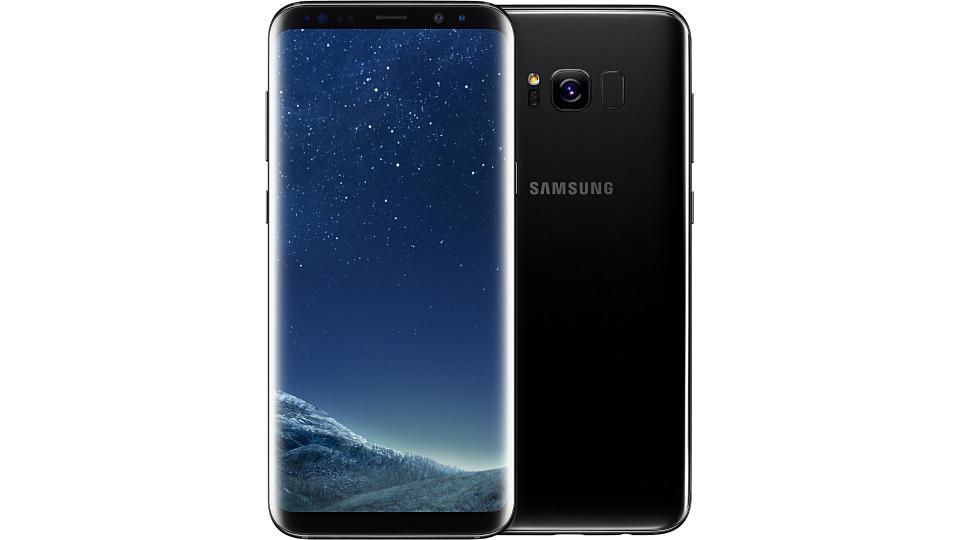Google’s latest preview release of Android P, the upcoming version of its mobile operating system, offers a set of features close to what the final version will introduce later this year, the company has said.
That should make it attractive for developers looking to test their apps, to see how they’ll work with new Android P features as well as with restrictions the update is set to introduce.
Those restrictions block programming techniques that are used to access Android features in ways not covered by Google’s official Android software development kit (SDK).
Google said the restrictions should improve stability, but they may also cause problems for apps that use the interfaces being restricted.

New features
Google’s vice president of engineering for Android, Dave Burke, said the new third beta gives developers everything they need to test apps or extend them to take advantage of new Android P features such as multi-camera support, display cutouts (a.k.a. the “notch”) and more detailed notifications.
“It’s also important to test your apps for uses of non-SDK interfaces and reduce your reliance on them,” he wrote. “Where possible, you should move to using public equivalents from the Android SDK or NDK.”
Google finalised the Android P developer interfaces (APIs) in last month’s Beta 2, so that Beta 3 “now takes us very close to what you’ll see in the final version of Android P”, Burke wrote.
Developers who don’t have an Android P-compatible device can use Google’s simulator, which supports next-gen displays, such as long screens or those with a display cutout.
Google has said it’s planning to offer five previews in total, with the fourth and fifth being official release candidates. Beta 3 is an “early release candidate build” with “near-final system behaviours”, Burke said.
Final release
Google initially scheduled the final version for release in the third quarter, at which time it will begin arriving on some users’ handsets, depending on the device makers’ update policies. Burke said the final release would arrive “later this summer”.
Since Android updates are not as easy to come by as those for Apple’s iOS, new versions mostly make their way into users’ hands via new devices. Google has said, however, that it’s working to make it easier for existing Android devices to receive new versions.
Android P introduces new features such as a dashboard for helping users keep track of and place limits on their device and app usage, a don’t-disturb mode, screen cutouts to support all-screen devices, and iPhone-like navigation gestures.





